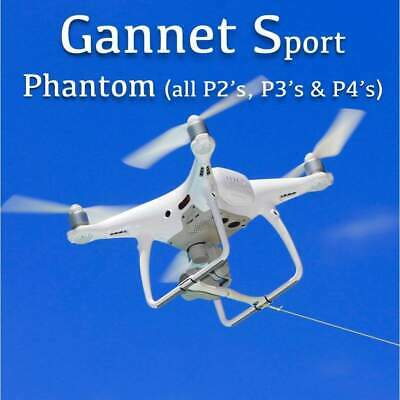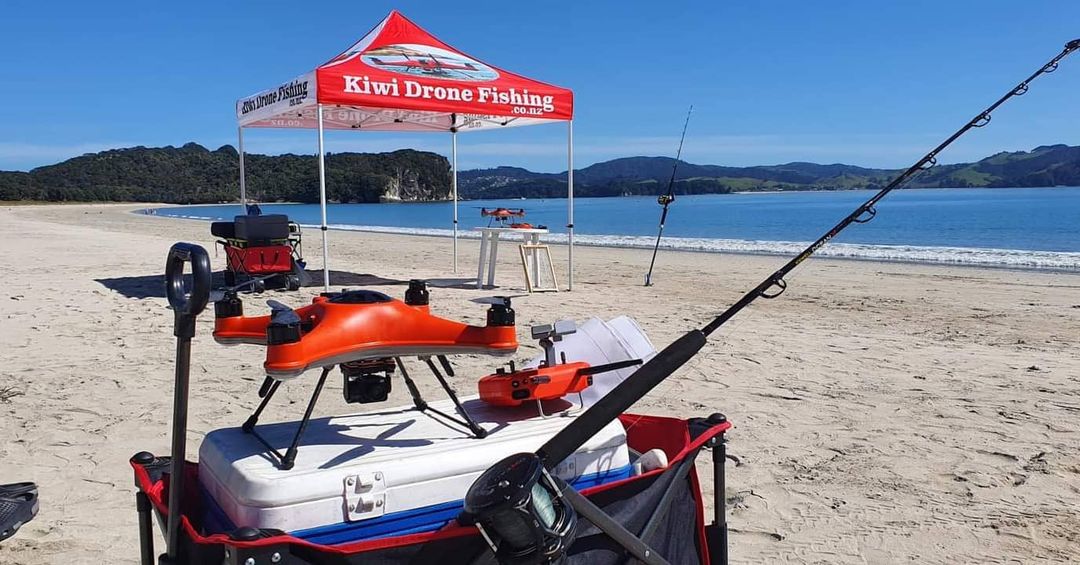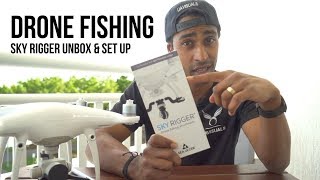
If you're considering using a drone for fishing, you'll likely want to learn more about the regulations. You can also view instructional videos on how you can fly a drone to catch a fish. And if you're concerned about drone ethics, read our article on the subject. Here are some ethical concerns about drone fishing. Don't forget our guide to drone fishing gear.
Regulations on drone fishing
It is possible to wonder what regulations apply when you are watching a YouTube video of a drone fishing for fish. Although there are many reasons for following local laws, safety remains the primary concern. To protect both your life and that of the fish, you must follow the correct laws. In this article we will cover some of the most important rules and make sure you follow them. And don't forget to follow the rules of the International Game Fish Association.
Drones can't be flown over public areas, such as stadiums or sporting events. They cannot transport weapons or be within a distance of half a kilometer from a sporting event. Drone operators must also be able to view their aerial equipment at any time. Drones cannot fly over public buildings, stadiums, or critical infrastructure. If you have any questions about how a drone can be used to fish, please consult your local law enforcement agency.

Although many states have already passed laws governing drone use, others are yet to do so. Illinois, for example, recently passed SB 2167. This bill prohibits drones from being used in state parks, without permission. It also establishes privacy rights, and specifies the rules for recreational and commercial drone operators. It also bans drones interacting with wildlife and hunters. These new laws should be completed in the next few years.
Ethical concerns about drone fishing
Drone fishing is not without controversy. Some companies sell underwater robots that can catch fish. These drones are often equipped with video cameras that show the fishing process. It's remarkably similar as casting a line for a fish. However, the process for removing fish from the water can be quite different. Those who are ethically concerned about this type of fishing may want to look elsewhere for their entertainment.
Drones can be used to fish. But some people feel they are cheating the fishing community. Even though fishing hasn't changed much over time, drones can be used to catch fish and may reduce the excitement of the chase. Drones can also pose a threat to conservation. These are the ethical considerations to consider before you use a drone to fish.

Drone fishing is not a good option. Drone fishing can be harmful to the environment and could overfish endangered species. Some states allow drones to be used for recreational fishing. Others do not. Drone fishing comes with a few limitations. The drones you buy might not be as capable of controlling the range, GPS functionality, lifting power, or control range that you need. If the line gets tangled, drone fishing can result in fish being lost. There are also issues with piloting.
FAQ
What is the best drone for beginners?
The DJI Phantom 2 Vision+ is one of the popular beginner drones available today. This drone comes with a 4K camera which can be used to take aerial photos and videos. This drone can be navigated using the built-in GPS.
How can I keep drones away?
Drones have become increasingly popular for home surveillance. But they also pose a security threat to privacy. Install motion sensors on your property to detect any unapproved flying objects. This will help you avoid being attacked by drones.
Is Drone Use Banned in Your Country?
The FAA has prohibited drones from flying close to airports or stadiums, sporting events and nuclear power plants. However, they allow them to fly nightly using GPS technology.
What is the main difference between a quadcopter or a helicopter?
A quadcopter is an four-rotor helicopter which flies in the same manner as a conventional helicopter. It has four rotating rotors. The hexacopter can be described as a quadcopter but has six rotors, instead of the usual four. Hexacopters are stabler and more maneuverable than quadcopters.
Statistics
- According to industry research from ZipRecruiter , there are 10 cities where the typical salary for a Drone Pilot job is above the national average. (dronesgator.com)
- Research and Markets predict a growth rate of 51.1% over the next five years. (thedroneu.com)
- With the top 10% making over $100/h and the bottom 10% making as low as $10/h. (dronesgator.com)
External Links
How To
How to Fly Drones with Beginners
A drone can be used to fly remotely controlled aircraft for photography, surveillance, scientific research, hobby and commercial purposes. Drone technology has existed since World War II. DJI's Phantom series of quadcopters was the first to be commercially used. Since then, there have been many different types of drones available, from beginner-friendly models like the Parrot AR Drone 2.0 to professional-grade multi-rotor craft like the DJI Mavic Pro.
There are several ways to fly a drone, including;
-
Remote control - This allows you to control the drone from your hand. There are two main types: Joysticks (like a radio), and On/Off switches (like an alarm clock).
-
Manual Control – This allows remote operation of the drone via GPS coordinates using a smartphone application. Follow the instructions of the app to track the exact location you want the drone go.
-
Autonomous Flight – This is when the drone handles all the piloting tasks. It basically flies autonomously without any human intervention. To enable autonomous flight, the drone should have a built in camera and sensors capable recording images and data.
-
Triggered Flight – This method is very similar to manual flight. The pilot creates a route that the drone will follow until it reaches the destination. After the program is complete, the drone automatically returns to the ground.
-
Landing Gear - Some drones come equipped with landing gear that allows them to land safely if they lose power or run out of battery during flight.
-
Goggles-Some pilots use goggles to protect their eyes from debris during operations.
-
Camera – Some drones have cameras, which allow you to take photos or videos from up high.
-
Obstacles - Some drones can be equipped with obstacle avoidance systems that prevent them from crashing into obstacles.
-
Speed - Some drones can travel at speeds over 40 mph.
-
Battery Life - Most drones last between 20 and 3 hours depending on how much power they have.
-
Range - Depending on the model, some drones can travel up to 30 miles away.
-
Power source - Not all drones can use an external power source. Others can run on internal batteries.
-
Weight - Some drones are lighter than others, while some models can weigh as much as 4 pounds.
-
Size - The size of drones varies from small, easily carried devices to more substantial crafts that weigh in excess of 50 pounds.
-
Price - Drones come in a variety of price categories, including high-end models which can run into the thousands and low-cost options that can start at $100.